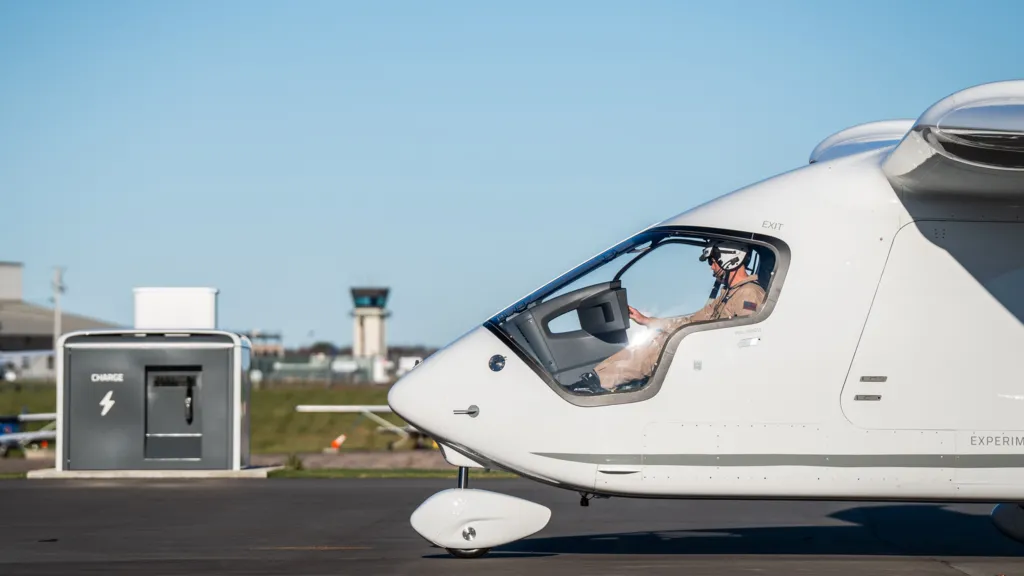Electric Aviation: Waiting on a Battery Breakthrough

Earlier this month, an unusual visitor touched down in Bergen, Norway. Alia, an all-electric aircraft built by US company Beta Technologies, flew 100 miles (160 km) in just under an hour—powered entirely by batteries. The test marked another step in Norway’s ambition to pioneer low-emission aviation.
Alia, which can carry up to 560 kg of cargo, has a range of 400 km and can recharge in less than 40 minutes. The same design can be adapted for medical transport or as a five-seat passenger plane. Backed by Amazon and UPS, Beta hopes to secure US certification this year.
“I’m convinced the next major breakthrough in aerospace will come on the back of electric propulsion,” says Shawn Hall, Beta’s chief revenue officer.
The Limits of Batteries
Despite the progress, battery limitations remain the industry’s biggest hurdle. Lithium-ion packs are heavy and still far less energy-dense than jet fuel. According to Cranfield University’s Guy Gratton, batteries have seen “no significant improvement” in 20 years. Without a leap in chemistry, electric planes will remain short-range.
Today, the Pipistrel Velis Electro is the only fully certified electric plane in Europe—but with just 50 minutes of flight time, it’s limited to pilot training. Even Airbus has paused work on its CityAirbus eVTOL project, citing range constraints.
Hybrid Solutions
Given these limits, many firms are turning to hybrids—aircraft that fly primarily on battery power but keep fuel reserves for longer journeys or emergencies.
- Heart Aerospace, now based in the US, is developing the 30-seat X1 prototype. Its hybrid design could fly 200 km on batteries alone, or up to 800 km with fuel backup. Test flights are expected in 2026.
- Electra is working on a nine-seater hybrid expected to fly by 2029.
- Beta Technologies is also pursuing hybrid and even autonomous models for both civilian and defense uses.
Hybrid systems lower emissions compared to conventional aircraft while still meeting strict safety requirements for reserve power. They also enable quieter take-offs and landings, which could make air travel more urban-friendly.
Beyond Batteries
Electric aviation isn’t the only path to greener skies. Sustainable aviation fuel (SAF) and hydrogen-based propulsion are also being explored. But each option faces questions of cost, infrastructure, and safety.
For now, fully electric passenger flights remain limited to short hops. Hybrids may provide the bridge technology—while the world waits for the real game-changer: a breakthrough in battery chemistry.
“Electrifying aviation and removing carbon is one of the toughest challenges,” says Heart’s CTO Benjamin Stabler. “But step by step, we’re getting closer.”
